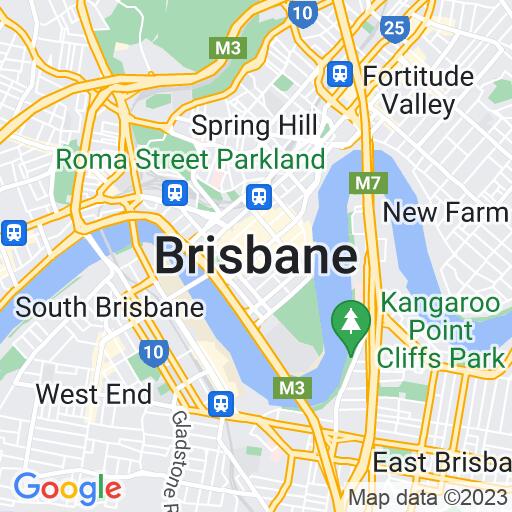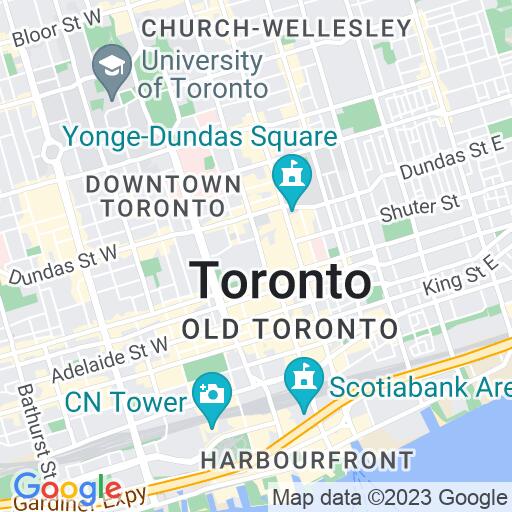Hey there! Are you experiencing neck pain that just won't go away? Well, you're not alone. Neck pain is a common problem that affects many people. One way to manage neck pain is through cervical traction, which is a technique that involves stretching the neck to relieve pressure and pain. In this blog, we'll give you some tips on how to incorporate cervical traction into your overall neck pain management plan. So, sit back, relax, and let's get started!
First things first, what exactly is cervical traction? Cervical traction is a technique that involves stretching the neck to relieve pressure on the spinal discs, which can cause neck pain. There are two types of cervical traction: manual and mechanical. Manual cervical traction involves a therapist or healthcare provider manually stretching your neck, while mechanical cervical traction involves the use of a traction device that pulls on your neck.
Now, let's talk about incorporating cervical traction into your neck pain management plan. Here are some tips:
1: Consult with a healthcare provider
Before starting any new treatment for neck pain, it's important to consult with a healthcare provider. They can help you determine if cervical traction is a good option for you and give you guidance on how to use it safely and effectively.
2: Start with a low amount of traction
When using cervical traction for the first time, it's important to start with a low amount of traction. This allows your neck muscles to gradually adjust to the stretch and helps prevent injury. As you become more comfortable with the technique, you can gradually increase the amount of traction.
3: Use a comfortable traction device
If you're using a mechanical cervical traction device, it's important to use one that is comfortable and fits properly. A device that is too tight or uncomfortable can cause more pain and make the technique less effective. There are many different types of cervical traction devices available, so it's important to find one that works well for you.
4: Be consistent with your traction routine
Like any treatment for neck pain, cervical traction is most effective when used consistently. Make sure to follow a regular routine and stick with it, even if you don't see immediate results. Consistency is key when it comes to managing neck pain with cervical traction.
5: Combine cervical traction with other neck pain management techniques
Cervical traction is just one technique for managing neck pain. It's important to combine it with other techniques, such as exercise, stretching, and massage. These techniques can help strengthen your neck muscles and improve flexibility, which can further reduce neck pain.
6: Take breaks as needed
If you're using cervical traction for an extended period of time, it's important to take breaks as needed. This can help prevent muscle fatigue and ensure that the technique remains effective. If you start to feel uncomfortable or experience any pain, take a break and adjust the amount of traction as needed.
7: Don't use cervical traction if you have certain conditions
Cervical traction is not recommended for everyone. If you have certain conditions, such as spinal cord compression, osteoporosis, or rheumatoid arthritis, cervical traction may not be safe for you. It's important to consult with a healthcare provider before using cervical traction if you have any underlying medical conditions.
In conclusion, cervical traction can be a helpful technique for managing neck pain. However, it's important to use it safely and effectively as part of an overall neck pain management plan. By consulting with a healthcare provider, starting with a low amount of traction, using a comfortable device, being consistent with your routine, combining traction with other techniques, taking breaks as needed, and avoiding cervical traction if you have certain conditions, you can effectively manage your neck pain and improve your quality of life. So, give cervical traction a try and see if it works for you! Check out our store here.






















